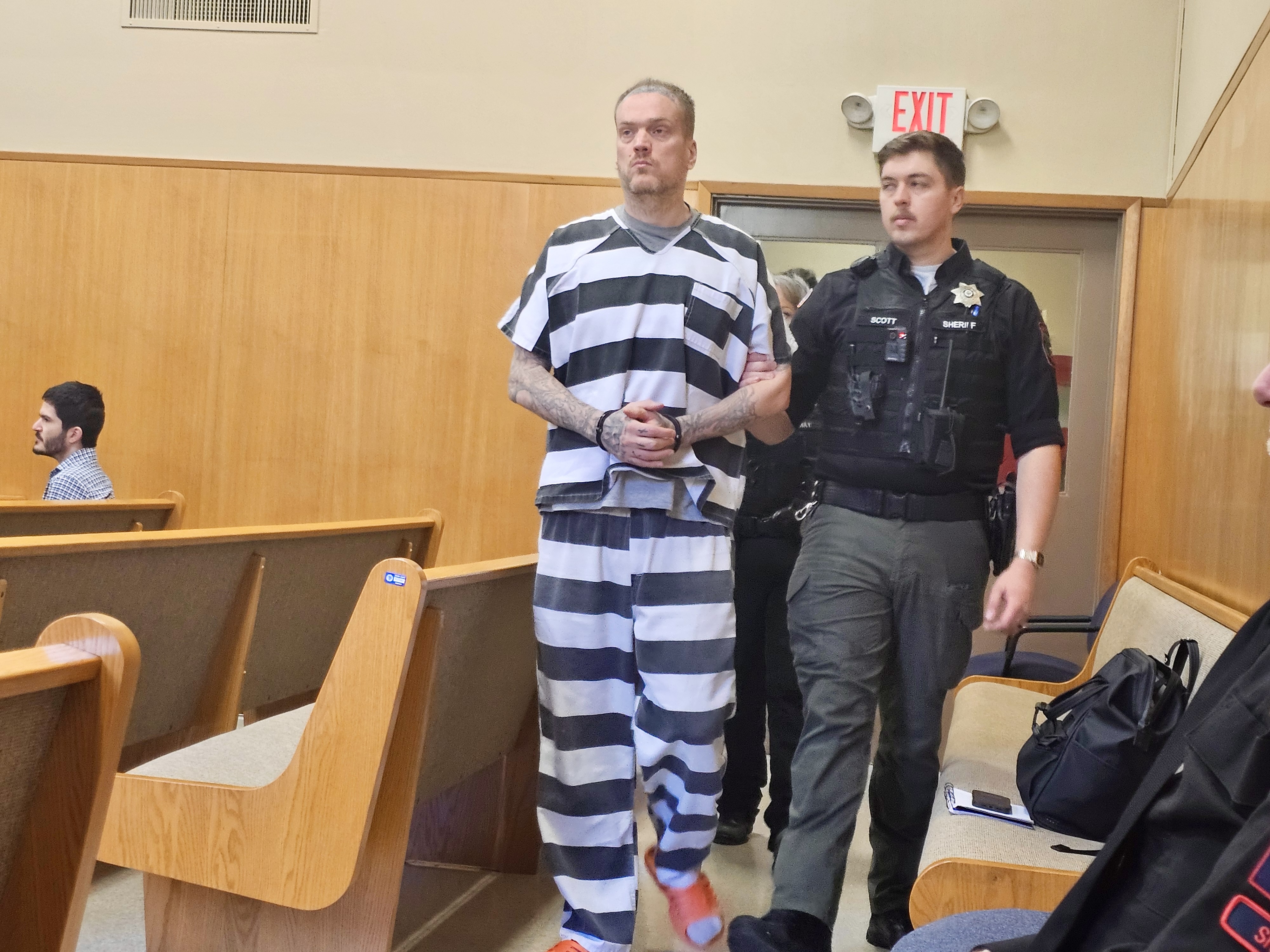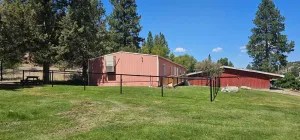Prairie City’s past preserved at DeWitt Museum
Published 4:00 pm Sunday, January 26, 2003

- The Prairie City depot is pictured in 1910. There was little time to spare as these gentlemen wait for the train. Photo of the DeWitt Museum at Depot Park
Dixie Town was born in 1862 as a mining town, and eventually, due to the successful and extensive mining, the population was moved 3 miles south, to establish present-day Prairie City.
Trending
Prairie City’s DeWitt Museum began in the 1930s with a few items collected at random by Gail DeWitt and his wife, Peacha, early-day ranchers on the Middle Fork John Day River. The collection eventually grew large enough that it had to be housed in a separate building.
Around 1960, the DeWitts sold their ranch and moved into Prairie City. In 1962, the museum, or most of it, was donated to the City of Prairie City and moved into a building on Front Street that was built by volunteer labor. Aaron Macy cared for the museum at that time. Babs Brainard became curator in 1968 and served for 40 years, retiring at age 90 in 2001.
The building that currently houses the museum is located at the corner of Main and Bridge streets, the former Sumpter Valley Railroad Depot.
Trending
Sumpter Valley Railroad, a little narrow gauge, began in 1890 at Baker City, and traversed 5,000-foot passes with many switchbacks, until it was extended all the way to Prairie City in 1910. The rail line ended at the Sumpter Valley Railroad Station. The train made two runs daily to accommodate hauling ore, cattle, logs and passengers. The train ran until 1933, and the depot was abandoned in 1947.
After the old depot building was retired, it served as a residence for several families and as the Olp family home into the 1970s. The building sat vacant for a few years, and eventually Grant County bought the depot property. Restoration began in 1979, with a committee and Babs Brainard as chairman to oversee the restoration of the depot building. The first money raised for renovation was generated by a fund-raiser “walk on the tracks” – a distance of 55 to 60 miles – from Prairie City to Sumpter by a dedicated group of seven elderly people, which was organized by Brainard. The restoration effort was bolstered by other projects and donations.
On May 5, 1981, the Depot building was entered in the National Register of Historic Places.
The DeWitt Museum was relocated to the depot building in 1983 with the addition of more items and became known as the DeWitt Museum at Depot Park.
Originally, the station agents were housed in quarters upstairs and today those seven rooms include displays for the tack room, sewing and wash room, school room, parlor, kitchen/pantry and a small room which served as a viewpoint to see if the train was coming, dining room, and bedroom with alcove.
Downstairs, the main waiting room and ticketing office, baggage room and freight room provide space for a variety of collections and memorabilia including old photos, rocks, old bottles and glassware, and much more.
The property has been developed into a community park and also provides camping spaces for recreational vehicles.
This information was provided by Prairie City’s DeWitt Museum’s former curator Babs Brainard and current curator Vera Clark.









